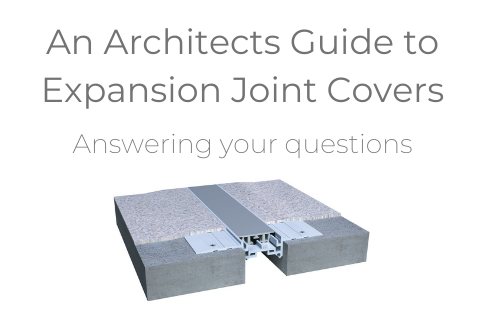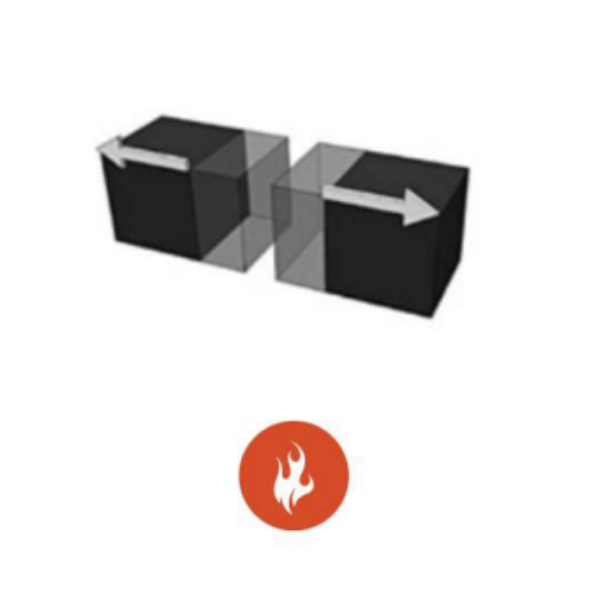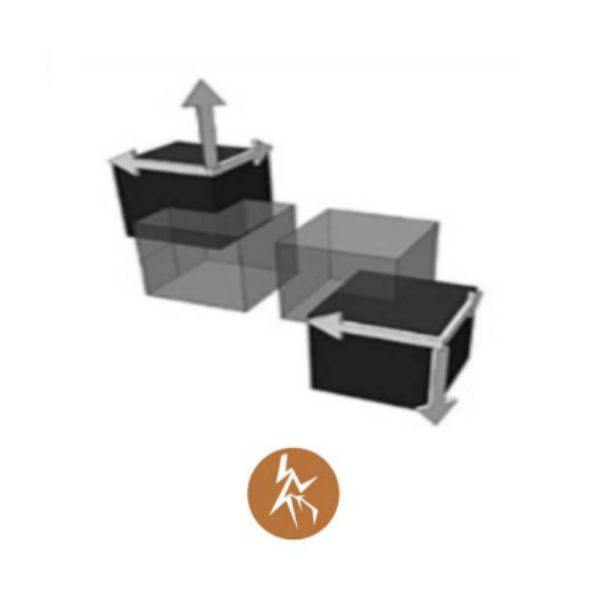
An Architects Guide to Expansion Joint Covers – Answers to common questions
We know how frustrating it is for architects to have their interior design spoilt by an obtrusive and unsightly expansion joint coverplate. Our aim is to help you minimise the visual impact and predict where joints may be required on your building, so they don’t catch you by surprise.
Are you new to expansion joints? Find out more about expansion joint basics here
What are the different categories of building movement and expansion joints?

Thermal
- “X” Direction Only
- Every building, everywhere on the Planet is affected by temperature

Wind Sway
- “X” and “Y” Directions (also referred to as Shear)
- A example are Highrise Conditions

Seismic
- (Regionally based: 3 directions of movement)
- Earthquakes/Tremors
When does a building need an expansion joint?
How do you know whether your building needs an expansion joint or not? Below are a few simple points to check.
- Is your building footprint larger than 60m in length? If so, it is highly likely that it will need an expansion join

- Are you attaching a new structure to existing i.e. extension?

- Does your building change direction?

- Does your building change in height?

How wide does my expansion joint need to be in Australia?
Australia isn’t prone to the seismic activity that other countries such as New Zealand and Japan are faced with, however our varying climate means that building structure can expand and contract significantly as the temperature increases and decreases.
Typically the nominal joint gap width in Australia for thermal movement would be 25mm (based on 50% +/- movement), with some projects requiring a larger 50mm wide joint width.
We also have a number of large skyscraper buildings that are subject to significant wind sway movement, especially in Melbourne and Sydney where large towers abound. Wind sway movement can cause concrete slabs to move in both X and Y dimensions horizontally (i.e. expansion and contraction of joint width as well as lateral/shear movement).
The towers pictured below is a project that Acculine worked on. This was particularly challenging because when the dual towers swayed opposite directions it was as though it was trying to tear the 8 levels of podium apart. This required varying movement joints on the podium levels from 0mm at Ground level to 100mm at Level 8, giving an idea of the impact that wind sway can have on the expansion joint size in a building.

Now I know my joint width, what else do I need to consider?
Although the joint width is the primary decision for an expansion joint, there are some sub-functions of expansion joints, that are no less important.
These are:
- Loading requirements
- Joint applications i.e. floor-floor, floor-wall, wall-wall, wall-ceiling etc.
- What is the aesthetic appearance you wish to achieve and how can aesthetic impact be minimised?
- Is fire resistance or moisture control a requirement?
All of these questions are answered in more detail in our blog ‘6 Questions Architects Should Ask About Expansion Joints’
